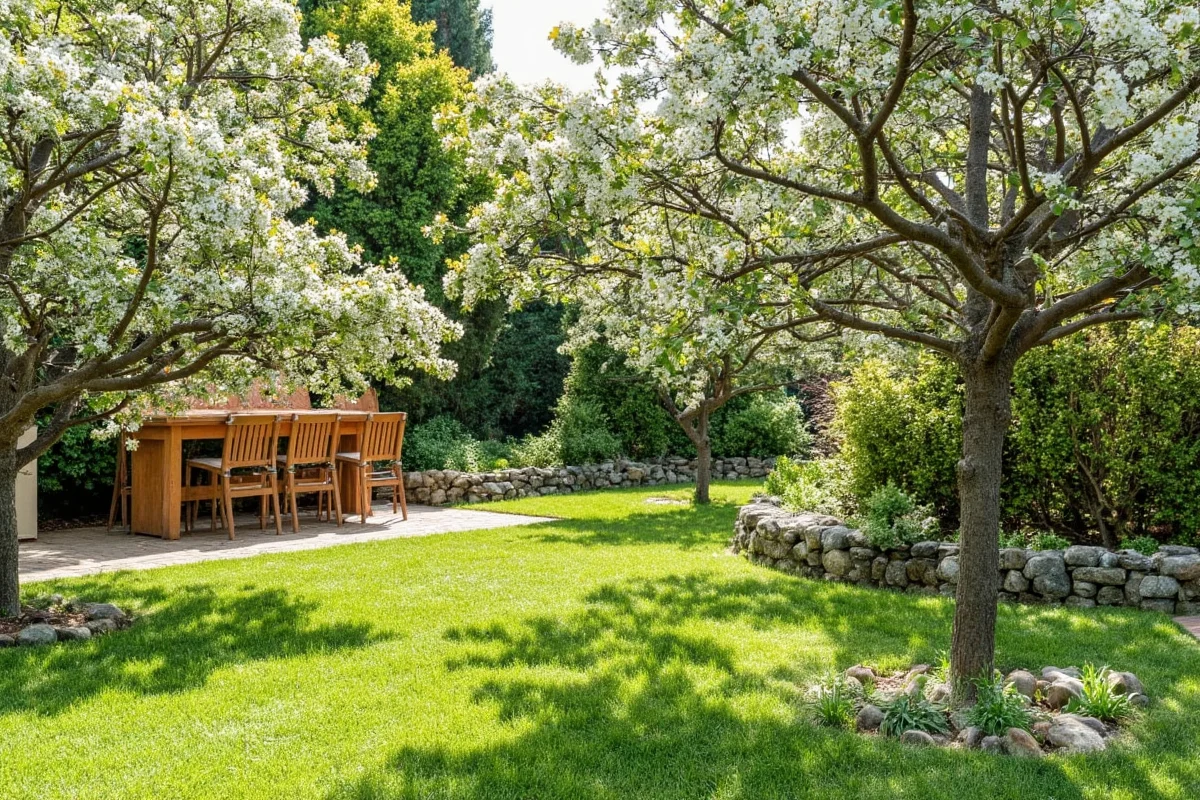Astrophytum myriostigma, commonly known as Bishop's Cap, is a fascinating and highly-prized cactus species that captivates plant enthusiasts with its distinct appearance and manageable care requirements. This article delves into everything you need to know about this unique cactus, including its characteristics, growth environment, care tips, propagation methods, and potential pests or diseases.
Characteristics of Astrophytum Myriostigma
- Appearance: Bishop's Cap is recognized for its star-shaped form, with typically five ribs (although it can have three or more) that give it a geometric elegance. The cactus is spineless, adding to its unique aesthetic appeal.
- Size: This cactus can grow to heights of up to 60 cm and widths of 20 cm, depending on its environment and care.
- Coloration: The surface has a grey-green hue, adorned with small white speckles due to the woolly areoles, which provide it a frosted look.
- Flowers: Astrophytum myriostigma produces yellow flowers, each measuring around 3–5 cm across. These bloom at the apex of the plant usually during spring and summer.
| Feature | Description |
|---|---|
| Shape | Star-shaped with 5 ribs |
| Size | Up to 60 cm tall and 20 cm wide |
| Color | Grey-green with white speckles |
| Flowers | Yellow, 3-5 cm |
Optimal Growth Environment
- Climate: Astrophytum myriostigma thrives in warm, dry climates that replicate its native habitat in Mexico. Ideally, temperatures should range between 20°C–30°C.
- Light Requirements: This cactus prefers bright, indirect sunlight. Direct sunlight exposure during peak hours can scorch its surface.
- Soil Type: Well-draining soil is essential for preventing root rot. A mix tailored for cacti or succulents, often combining sand, peat, and perlite, works best.
- Humidity: Low humidity environments are suitable, as this cactus prefers drier environments.
| Requirement | Ideal Condition |
|---|---|
| Climate | Warm, dry (20°C–30°C) |
| Light | Bright, indirect sunlight |
| Soil | Well-draining (cactus mix) |
| Humidity | Low |
Care Tips for Astrophytum Myriostigma
- Watering: This cactus is drought-tolerant. Water sparingly, letting the soil completely dry out between waterings, especially in winter.
- Feeding: Fertilize during the growing season (spring and summer) with a diluted cactus fertilizer once a month.
- Repotting: Repot occasionally when roots have filled its container (every few years). Choose a pot with ample drainage holes.
- Pruning: Generally, pruning is not required unless removing dead or damaged areas.
| Care Aspect | Recommendation |
|---|---|
| Watering | Infrequent, allow soil to dry |
| Feeding | Once a month, spring/summer |
| Repotting | Every few years |
| Pruning | Not typically required |
Propagation Techniques
- Seeds: Propagation by seeds is common. Sow seeds in a cactus-specific mix, maintain warmth, and provide indirect sunlight.
- Cuttings: Although less common, propagation via cuttings from healthy plants is possible if a piece is suitable.
- Grafting: An advanced method used to encourage growth or enhance resilience by attaching the cactus to a more robust rootstock.
| Propagation Method | Details |
|---|---|
| Seeds | Sow in cactus mix, indirect sunlight |
| Cuttings | Use healthy plant sections |
| Grafting | Attach to a robust rootstock |
Pests and Diseases
- Common Pests: Watch out for mealybugs and spider mites, which can harm your Bishop's Cap by sucking sap.
- Mold and Rot: Overwatering can lead to mold growth and root rot. Ensure proper drainage to avoid these issues.
- Physical Damage: Handle carefully to prevent damage to the cactus's surface, which can be susceptible when knocked.
- Preventive Measures: Regular inspection and maintaining optimal growth conditions can mitigate pest and disease risks.
| Issue | Details |
|---|---|
| Pests | Mealybugs, spider mites |
| Mold/Rot | Caused by overwatering |
| Physical Damage | Handle with care |
Astrophytum myriostigma is an intriguing and delightful cactus species that offers visual appeal and manageable care requirements. With its unique star-shaped ribs, spineless surface, and lovely yellow flowers, Bishop's Cap thrives in well-draining soil, warm climates, and bright indirect light. Proper care, attention to watering and feeding, awareness of pests, and knowledge of propagation techniques will ensure your Bishop's Cap remains healthy and visually captivating.











 浙公网安备
33010002000092号
浙公网安备
33010002000092号 浙B2-20120091-4
浙B2-20120091-4